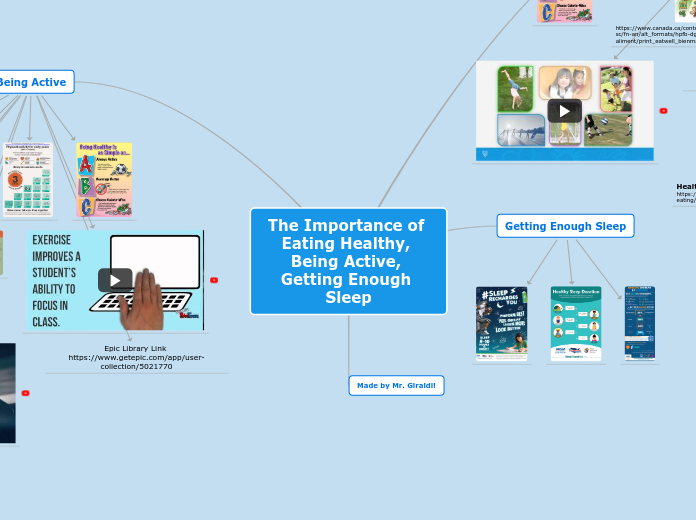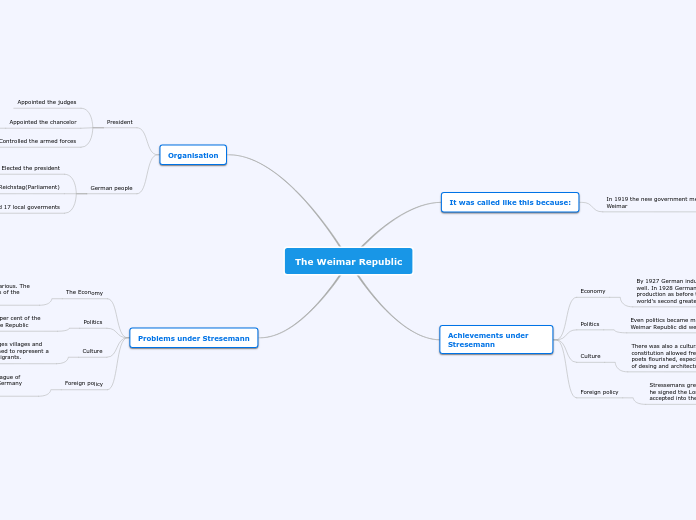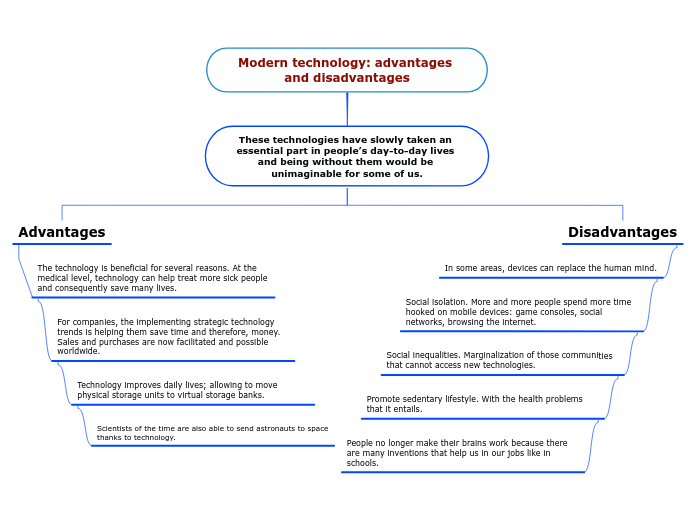a Ashley Lewis 5 éve
220
If the legal U.S. tobacco age is raised to 21
Increasing the legal age for tobacco use to 21 could significantly impact public health, reducing chronic illnesses and healthcare costs associated with smoking. With tobacco being the leading preventable cause of death in the U.









